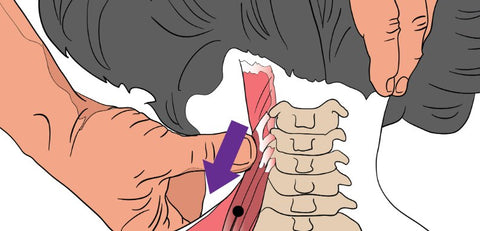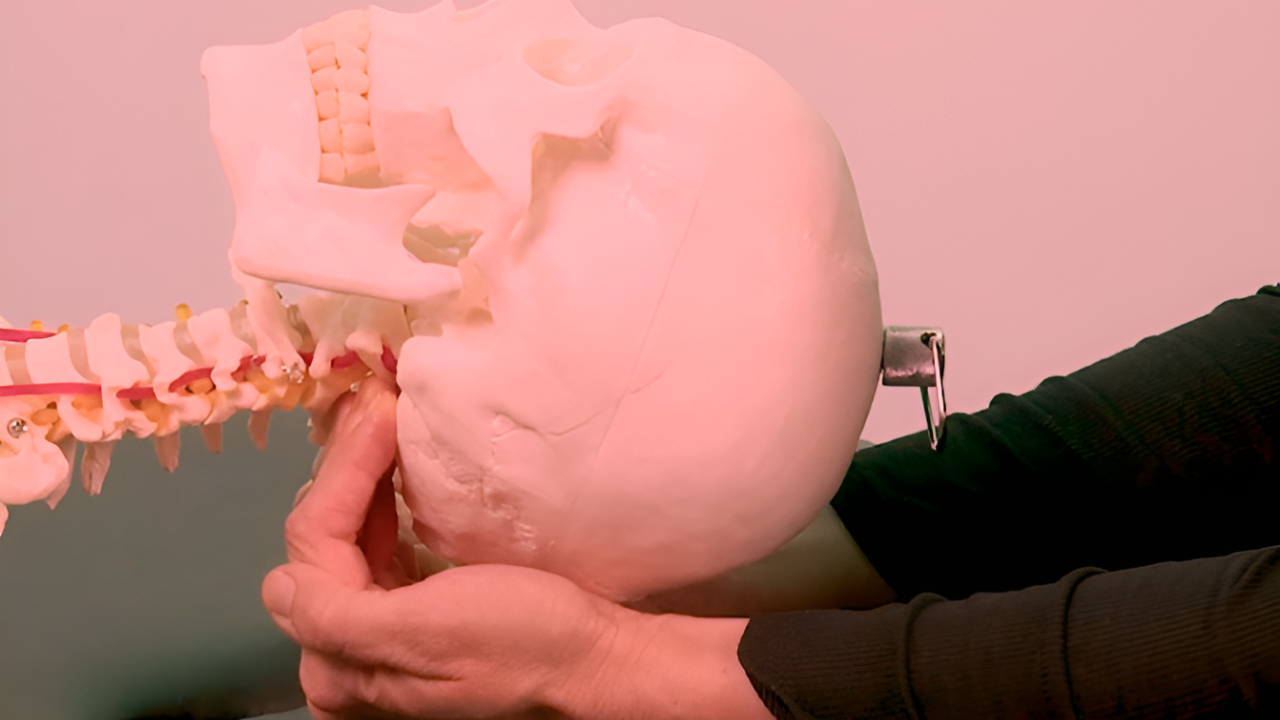What are Super Trigger Points?
Super Trigger Points Explained - Simeon Asher BSc (Ost)
When treated correctly, Super Trigger Points can rapidly release deep-seated and chronic pain
There are many theories around super trigger points, and sadly too little research. `The reality according to just about any experienced trigger point therapist is that (1) yes, they do exist, and (2) identifying and treating super trigger points can have fast and profound effects.
Super Trigger Points (STPs) seem to be active all the time - it is like they “have to be there”. They are the myofascial strange attractors.
Treating these trigger points appears to have greater systemic effects than expected, often including profound physiological effects (such as autonomic changes).
These effects are well beyond the “normal” trigger point reactions, hence the name Super Trigger Points.

Effects of Treating STP's
We have observed over many years that incorporating these “super” trigger points into a treatment protocol can act as a type of shortcut, rapidly releasing deep-seated and chronic pain syndromes.
Examples of these physiological or “super” trigger points can be commonly found in:
Sternocleidomastoideus: headaches
Scalenes: hand and wrist pain and neurovascular problems such as CRPS I
Infraspinatus near medial scapula: subscapularis and long head biceps brachii: shoulder pain
Gluteus medius: low back pain
Ligamentum patellae (patellar ligament) patella insertion: knee pain*
Popliteus: knee pain
Extensor digitorum longus (at junction of talocrural joint): ankle balance (post-fracture rehabilitation) and ankle pain
We received some tremendous feedback after our recent webinar on Super Trigger Points, and we're editing that now in order to make it freely available on our website pretty soon!
*Note: With regard to the trigger points often found in the patellar ligament (as referenced above), there is often confusion based on a myth that trigger points don't occur in ligaments. For more information, please see: Trigger Point Classification
Find a Trigger Point Professional in your area
More Articles About Trigger Points
Dry Needling for Trigger Points
Certify as a Trigger Point Therapist
Trigger Point Courses:
This trigger point therapy blog is intended to be used for information purposes only and is not intended to be used for medical diagnosis or treatment or to substitute for a medical diagnosis and/or treatment rendered or prescribed by a physician or competent healthcare professional. This information is designed as educational material, but should not be taken as a recommendation for treatment of any particular person or patient. Always consult your physician if you think you need treatment or if you feel unwell.

Learn More for Less

Unlimited access to all courses for just $19.95/mo











